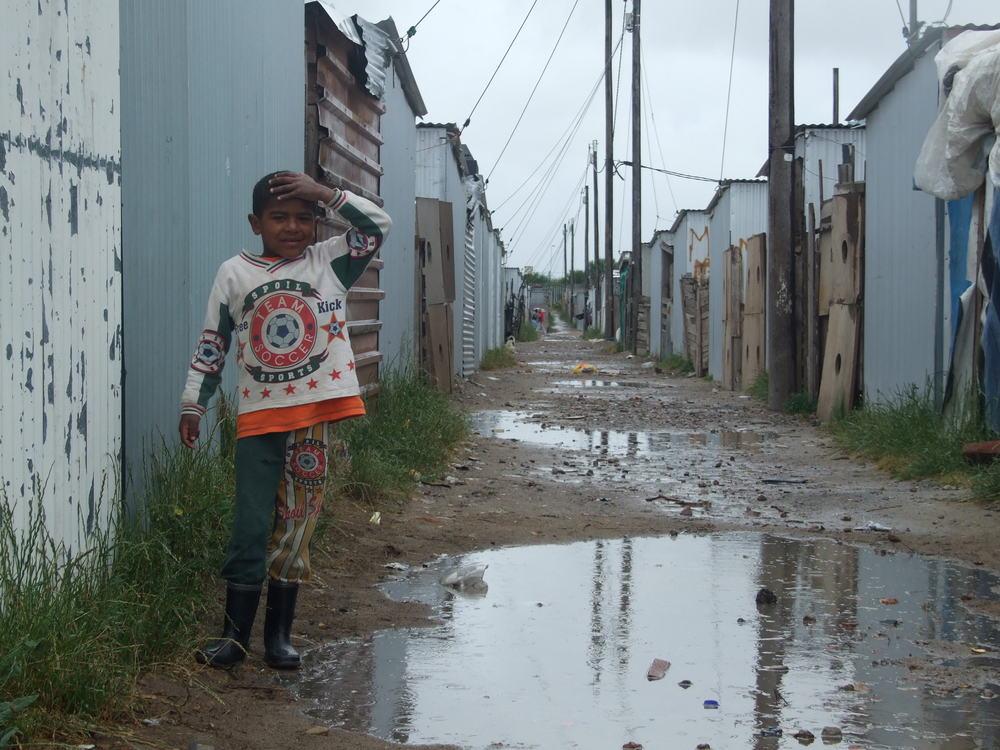Pandemic Pushes Millions Of Spaniards Into Severe Poverty By Mark1199. That the coronavirus pandemic has mercilessly hit Spanish society was a well-known fact. What we did not know is the magnitude that it has reached, especially in 2020, the year of its outbreak on a global scale.
Precariousness, low wages, high house prices … young people are the group with the highest risk of poverty in Spain
According to data from the Living Conditions Survey published this Thursday by the National Institute of Statistics (INE) , the COVID crisis has very negatively affected the main indicators that measure the well-being of our country’s homes: it has both promoted the number of people at risk of poverty or social exclusion, as well as those with severe material deprivation.
Thus, the percentage of the Spanish population at risk of poverty or social exclusion, measured with the AROPE rate, rose 1.1 points in 2020 and stood at 26.4%, which means that 12.5 million Spaniards are living in that situation.
This is the highest figure since 2017. That year, the figure stood at 26.6%; in 2018, it fell to 26.1%; and in 2019 it was 25.3%.
The AROPE 2020 rate is constructed with three variables: population at risk of poverty -income-; intensity in employment (both refer to 2019 earnings) ; and severe material deficiency.
Detailing each of these indicators, the data shows that the population at risk of poverty increased from 20.7% in 2019 to 21% in 2020 , and the population with severe material deprivation also increased, from 4 , 7% in 2019 to 7% in 2020. Meanwhile, the population with low intensity in employment decreased from 10.8% in 2019 to 9.9% in 2020.
Graph on the Spanish population at risk of poverty.Graph on the Spanish population at risk of poverty.Henar de Pedro
More than 3 million Spaniards suffer severe material deprivation
Regarding the percentage of the population in a situation of severe material deprivation, in 2020 it reached 7% , compared to 4.7% the previous year. In absolute numbers we are talking about 3.3 million Spaniards. In general, 10% of the surveyed population declared reaching the end of the month with “great difficulty” in 2020, a percentage 2.2 points higher than that registered the previous year.
A person is considered to be in a situation of severe material deprivation if he or she lives in a home in which four of these aspects are absent : not being able to go on vacation at least one week a year; not being able to eat meat, chicken or fish at least three times a week; lack of income to keep the house at a suitable temperature not having the capacity to face unforeseen expenses of at least 750 euros or having been late in paying the household bills (rent or mortgage, electricity, water …). The other reasons are not being able to buy a car, a mobile phone, a television or a washing machine.
Thus, the main problems were related to delays in the payment of housing expenses (13.5% compared to 8.3% in 2019), difficulties in keeping the house at an adequate temperature (10.9% compared to 7, 6%) and not being able to afford a meal of meat, chicken or fish at least every other day (5.4% vs 3.8%). This last aspect affects more than 2.5 million Spaniards.
“They are the images of the queues of hunger reflected in data”
“These data confirm what we have been observing: that the pandemic has preyed on the weakest . Those who used to be poor now have neither to eat nor to pay for basic supplies. They are the images of the queues of hunger and poverty. energy poverty reflected in data “, says Pedro Cabrera , professor of Sociology and Social Work at the Universidad Pontificia Comillas. “And if you are also a foreigner or a mother with a child, I won’t even tell you, the effect on poverty is multiplier,” he adds.
This expert on poverty assures that these figures could have been attenuated if the “positive” ERTE mechanism had been accompanied by other actions by the Government, such as an effective design and management of the Minimum Living Income (IMV), a benefit conceived to prevent the risk of poverty and social exclusion.
“According to data from a report by the State Association of Directors and Managers of Social Services, in March 2021, 75% of applications had been rejected . That means that three out of four people have been denied”, Cabrera regrets. “This lack of agility and speed on the part of the administration is what leads people to go en masse to the immediate resource that allows them to eat or pay the electricity bill. We are talking about social entities such as the Red Cross, Cáritas or the Food Bank “, he concludes.
Regarding the AROPE rates of risk of poverty or social exclusion by communities, the highest were in Extremadura (38.7%), Canarias (36.3%) and Andalusia (35.1%). On the other hand, Navarra (12.0%) and the Basque Country (13.9%) presented the lowest percentages.
Regarding at-risk-of-poverty rates, the highest were in Extremadura (31.4%), Canarias (29.9%) and Andalusia (28.5%). Navarra (9.9%) and the Basque Country (10.0%) presented the lowest. Pandemic Pushes Millions Of Spaniards Into Severe Poverty By Mark1199
On the other hand, the Canary Islands (15.6%), Andalusia (14.8%) and Extremadura (12.7%) were the regions with the highest percentages of people who made it to the end of the month with “great difficulty” in 2020. The that presented the lowest percentages were Aragon (5.5%), the Basque Country (5.6%) and Navarra (5.9%).



 Bitcoin
Bitcoin  Ethereum
Ethereum  Tether
Tether  XRP
XRP  Solana
Solana  USDC
USDC  TRON
TRON  Cardano
Cardano  Lido Staked Ether
Lido Staked Ether  Avalanche
Avalanche  Toncoin
Toncoin